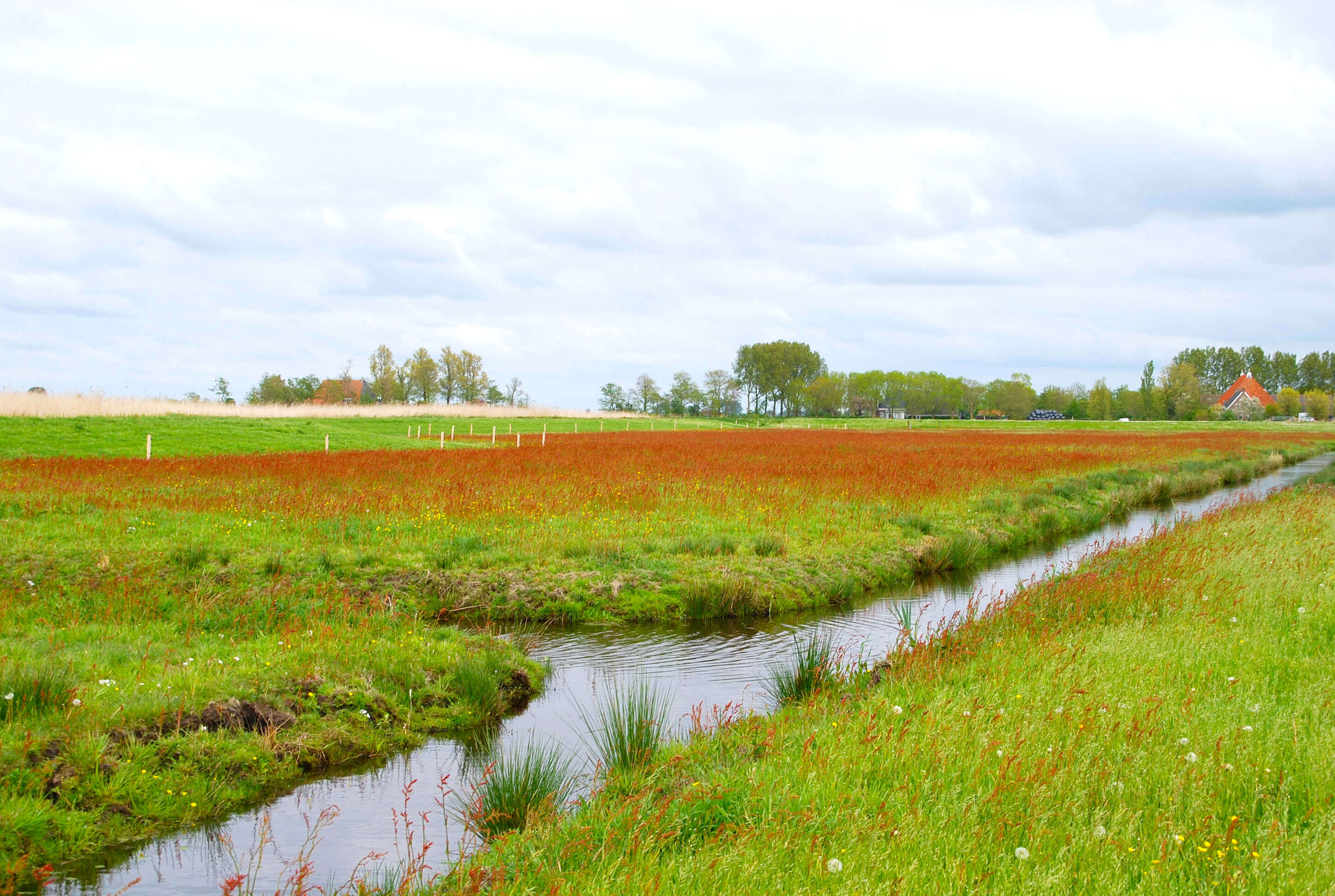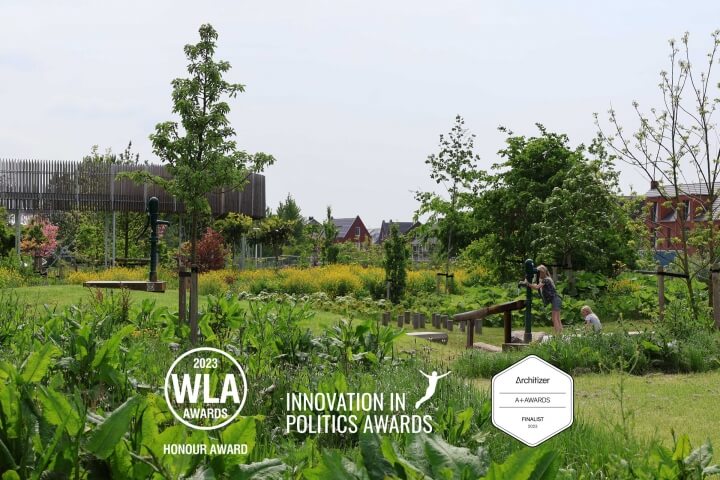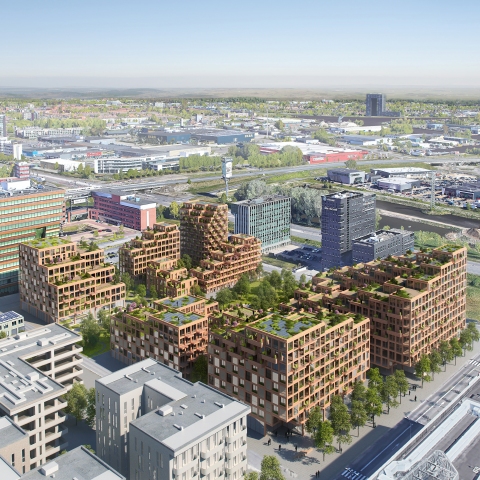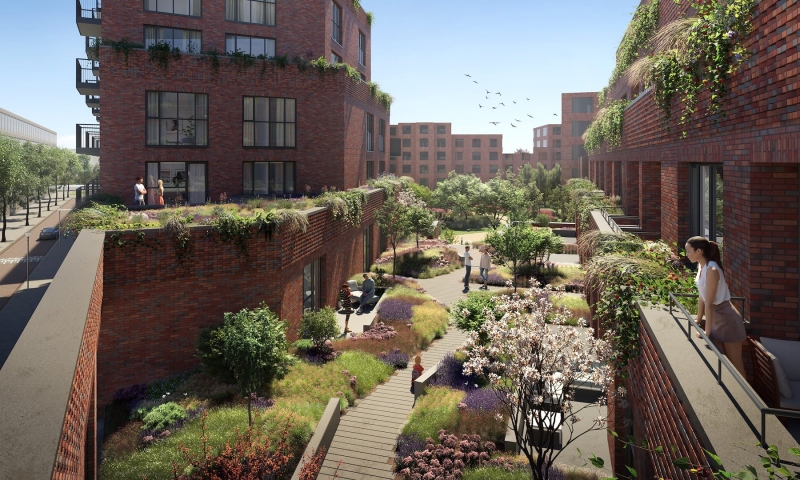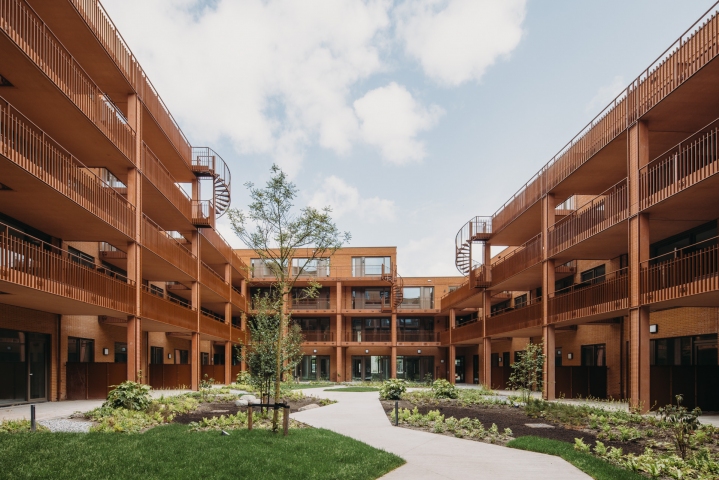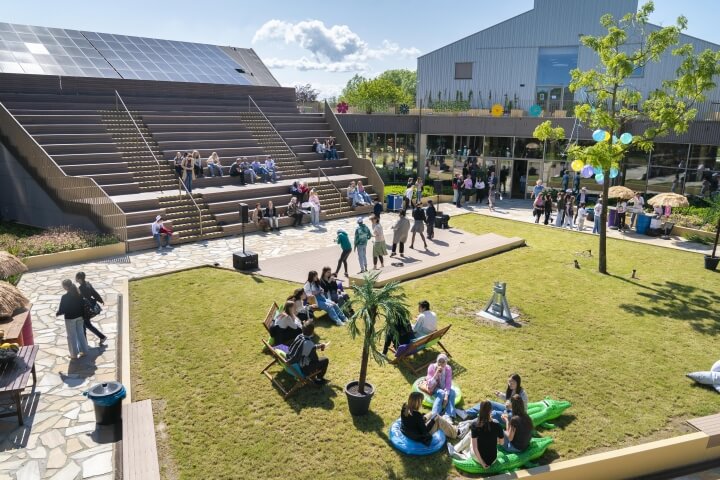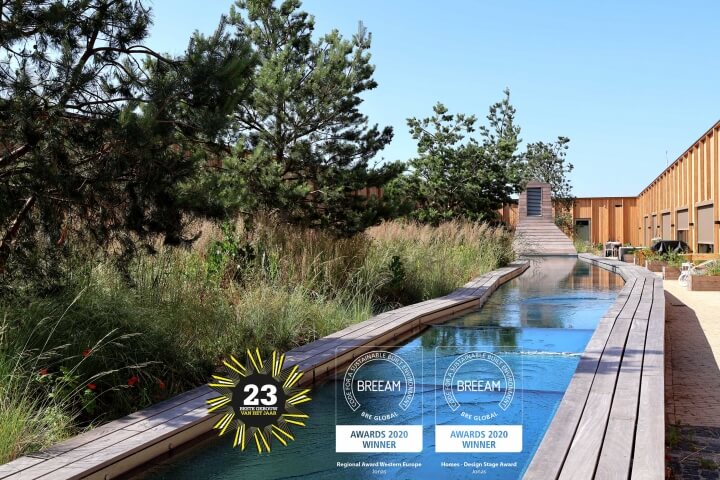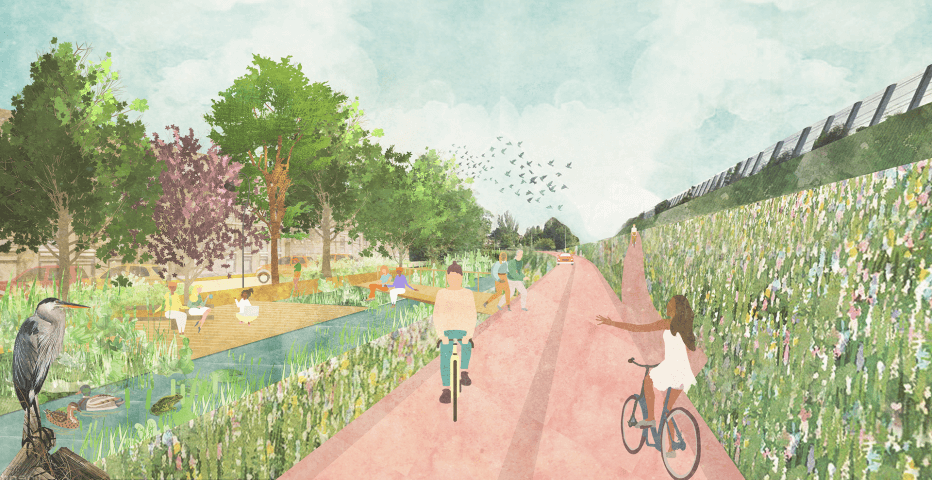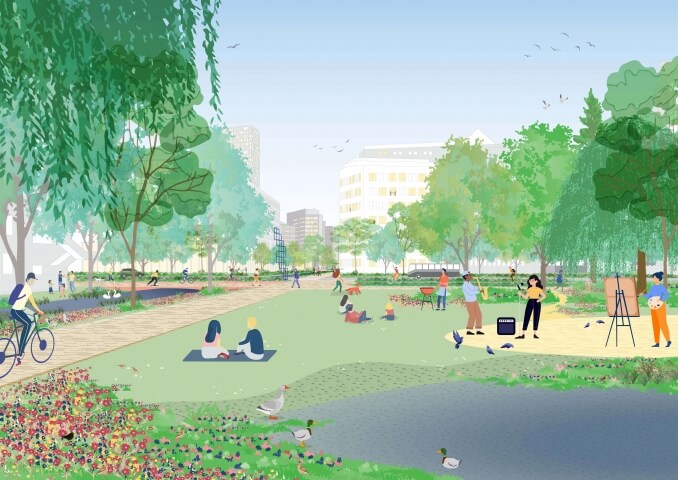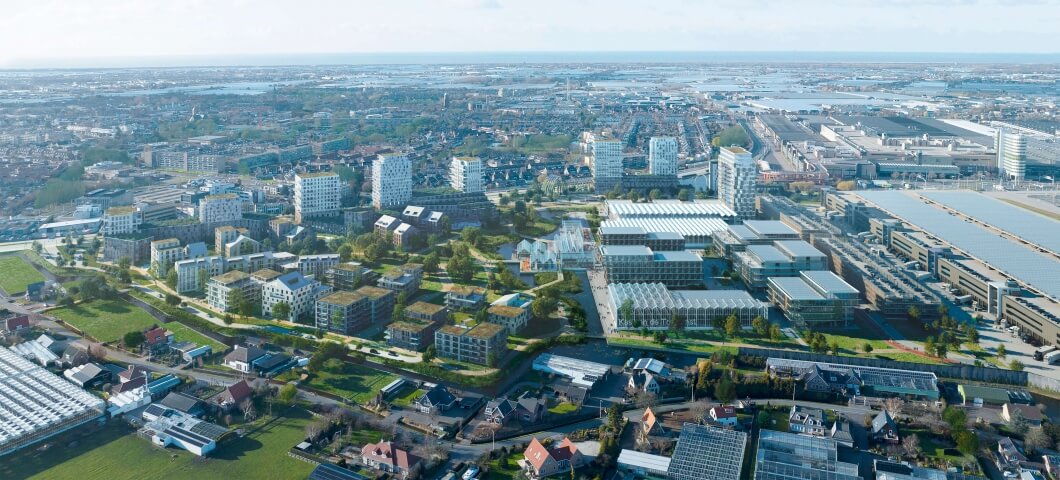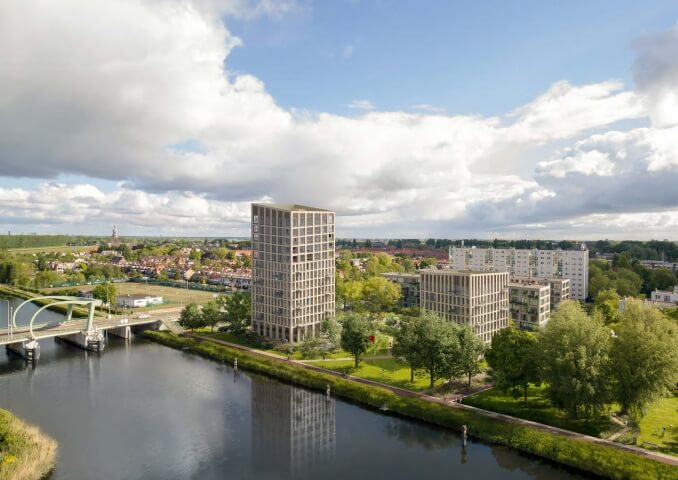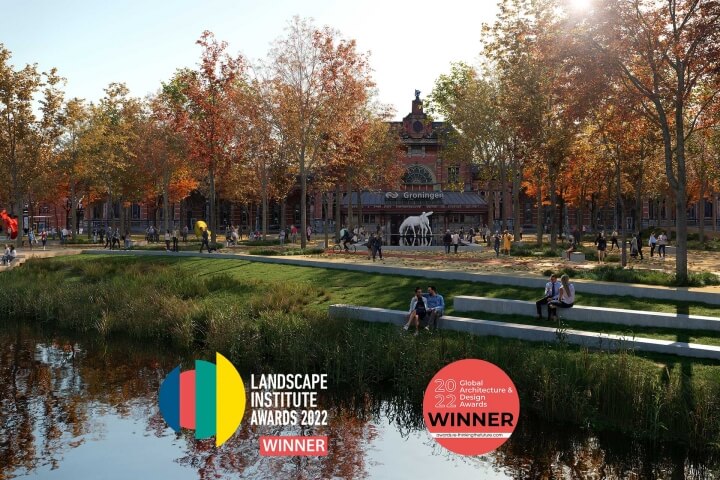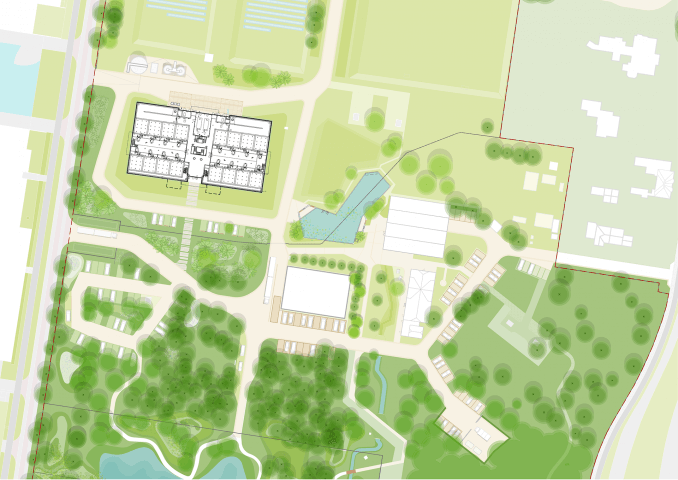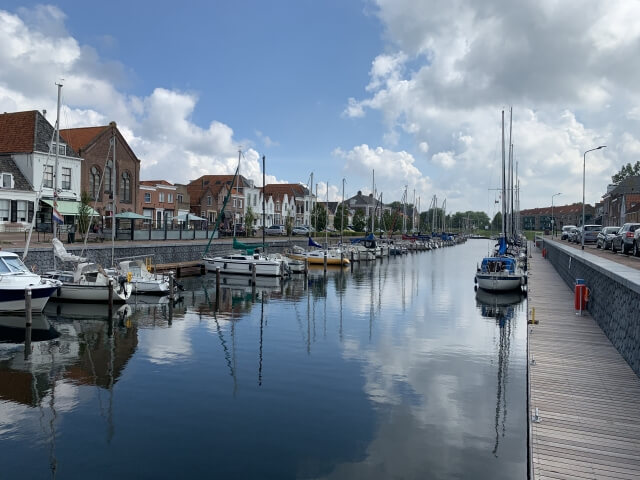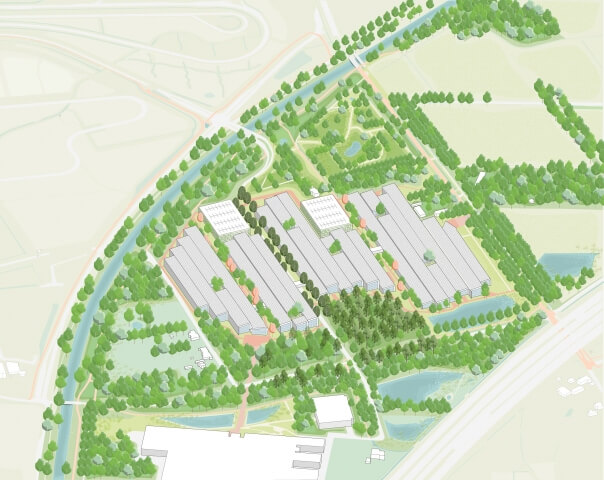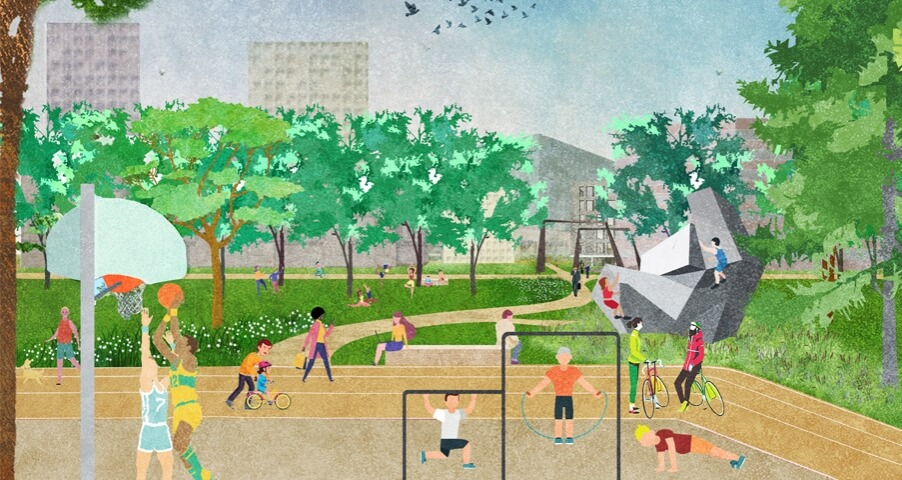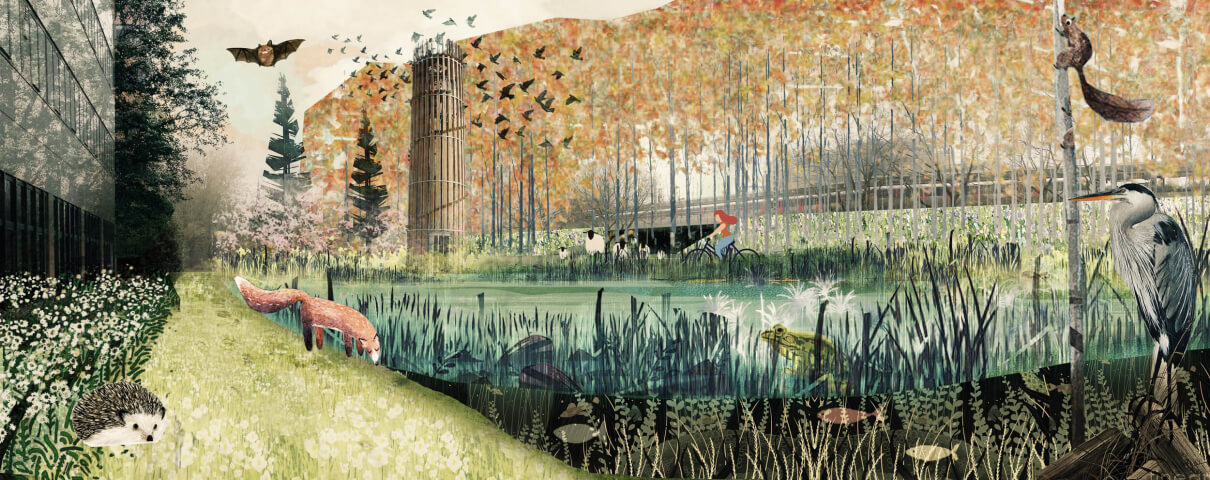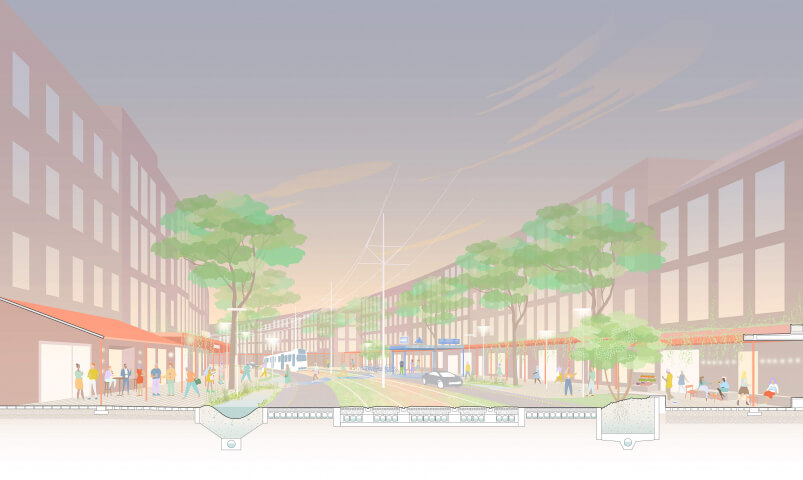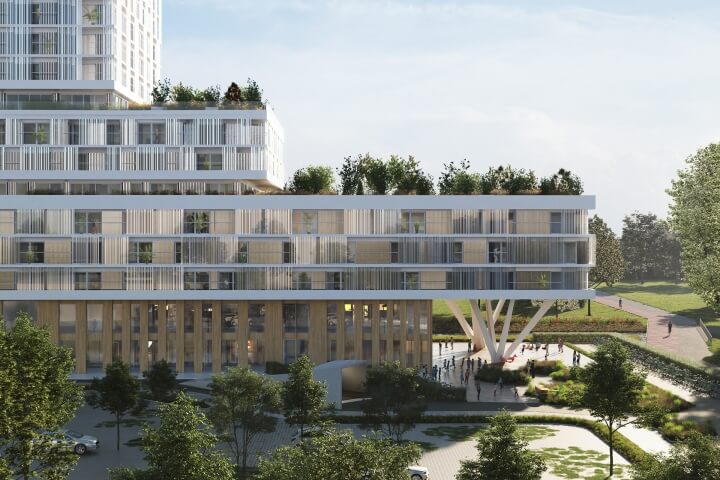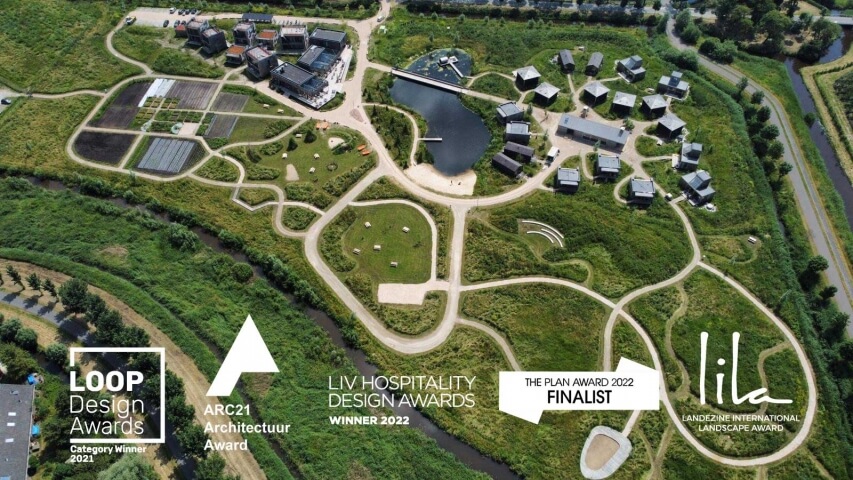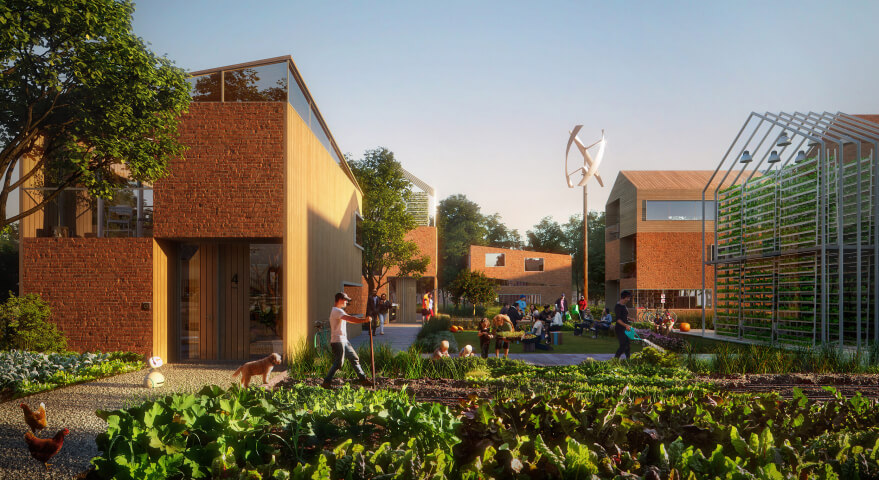Biodiversity based dairy farming
Turning a theoretical model into practice
Humanity’s enormous and increasing demand for the planet’s natural resources has resulted in a dramatic loss of biodiversity. Many of the pressures and underlying causes affecting ecosystems interact at a variety of scales from local to global. Trying to reverse or prevent further detrimental effects on nature within such a complex web of interdependent processes is a formidable challenge. Intensive unsustainable agriculture is one of the central global challenges affecting ecosystem integrity and biodiversity. The Netherlands is a hotspot intensive agricultural area and biodiversity in agricultural areas has been steadily declining. With a 35% share in land use in the Netherlands, dairy farming poses one of the key threats, but can also be part of the solution to restoring biodiversity.

At the request of WWF-NL, the Louis Bolk Institute developed a conceptual framework for ‘biodiversity-based dairy farming to increase resilience and reduce risks’. Felixx Landscape Architects & Planners were commissioned by WWF-NL, to turn this theoretical concept into a spatial landscape transformation framework.
control model

A focus on short-term risk management and maximum profit drives intensive production. Production levels are boosted through the use of external inputs such as fertilizers, irrigation, antibiotics and pesticides. This model relies heavily on controlling externalities in the environment and the market and is characterized by a dependency on loans and bank investments.
Resilience MODEL

The resilience model provides an alternative approach where biodiversity and natural processes provide the foundation for increased resilience and reduced risks. Such a system combines optimisation of production with nature and biodiversity protection. By doing so, it also reduces off-farm impacts on the natural environment.
Balance Input & output
The control model targets high output (production), but requires substantial external input (resources). The resilience model aims to optimize production levels in relation to available resources. A better balance between input and output makes a system more resilient and therefore better able to cope with fluctuations and risk. The transformation from the control model to the resilience model requires a paradigm shift. Moving from maximum production to optimal production in relation to available resources results in larger profit margins and a more resilient system.
THE 4 PILLARS OF BIODIVERSITY

A resilient and biodiverse dairy farming system builds on four interconnected pillars of biodiversity: Functional agrobiodiversity, landscape diversity on the farm, specific species and corridors and source areas. To improve resilience and reduce risk, it is important to enhance functional agrobiodiversity. Functional agrobiodiversity should be supported by landscape diversity and connections of biodiversity source areas in the wider landscape. Maintaining and increasing specific target species often requires additional management.
Building blocks

The resilience model moves away from a ‘one size fits all’ model for dairy farming. Instead, it provides principles and building blocks whose physical implementation depend on the local ecological and cultural context.
application in a cultural and ecological context

The ecological context is determined by biophysical factors such as climate, topography, landscape type, local flora and fauna and soil composition. The cultural context derives from societal factors such as the history, values and belief systems in an area. The resilience model provides a framework for locally adapted biodiversity-based dairy farming.
idzegea, friesland

To illustrate the context specific elaboration of the resilience model, a case study has been developed for a pilot area. Idzegea is an area in Friesland, in the northern part of the Netherlands, with a long history of dairy farming, milk production and cows at pasture. Idzegea is a peatland area dominated by dairy farming on pasture with some nature reserves, crisscrossed by a network of ditches and lakes. The landscape is dotted with small villages and dairy farms. The cultural and ecological conditions give substance to the four pillars of the resilience model for the specific context at Idzegea.
slider
Year
2015 - 2018
Location
Friesland, The Netherlands
Type
Research, Masterplan
Client
WWF Netherlands
Size
2500 ha
Publications
Biodiversiteitsmonitor Melkveehouderij
European Agroforestry Organisation 2018 Congres
Landezine
Louis Bolk Instituut
Netwerk Platteland
NLandscape
Rijkswaterstaat Bodem+
Wageningen University & Research
Team & partners
Michiel Van Driessche
Marnix Vink
Deborah Lambert
Willemijn van Manen
Jeroen de Ruijter
Carlijn Klomp
Kim Kool
Zofia Krzykawska
Fanny Genti
Louis Bolk Institute


